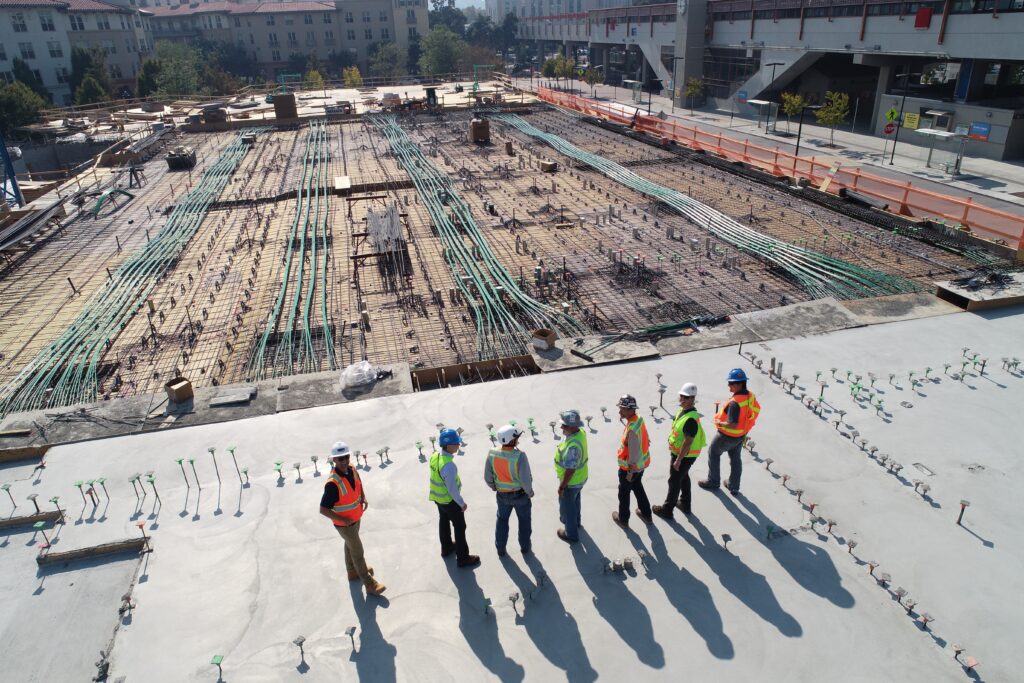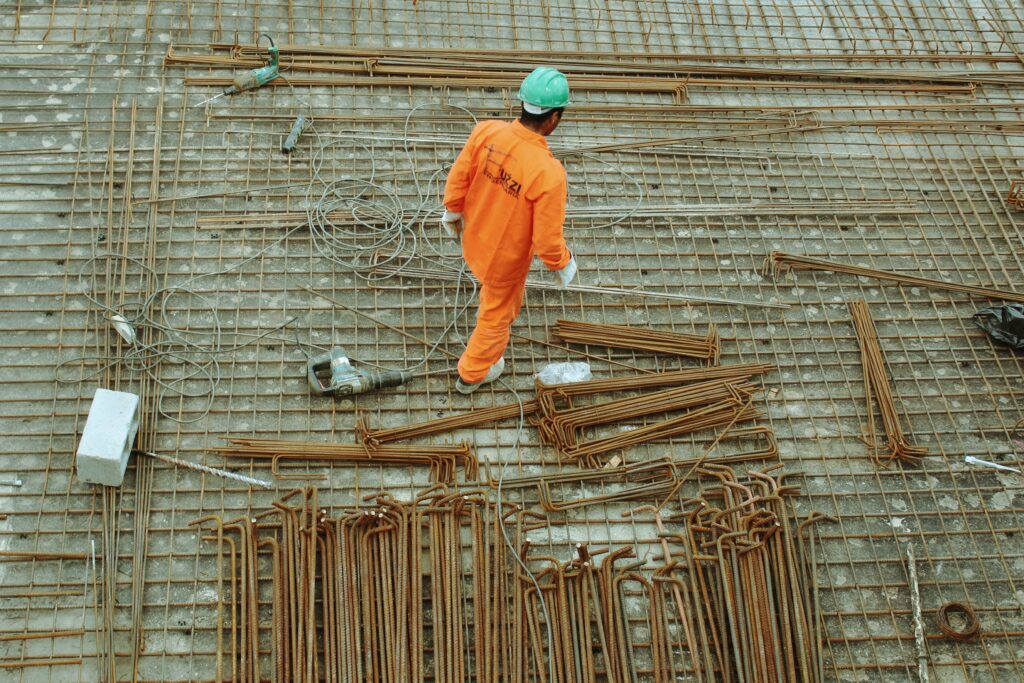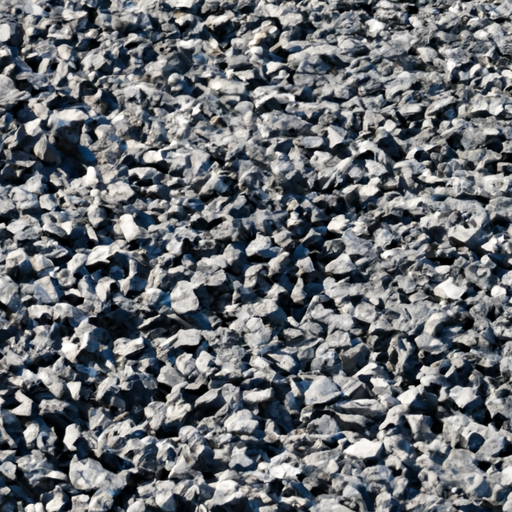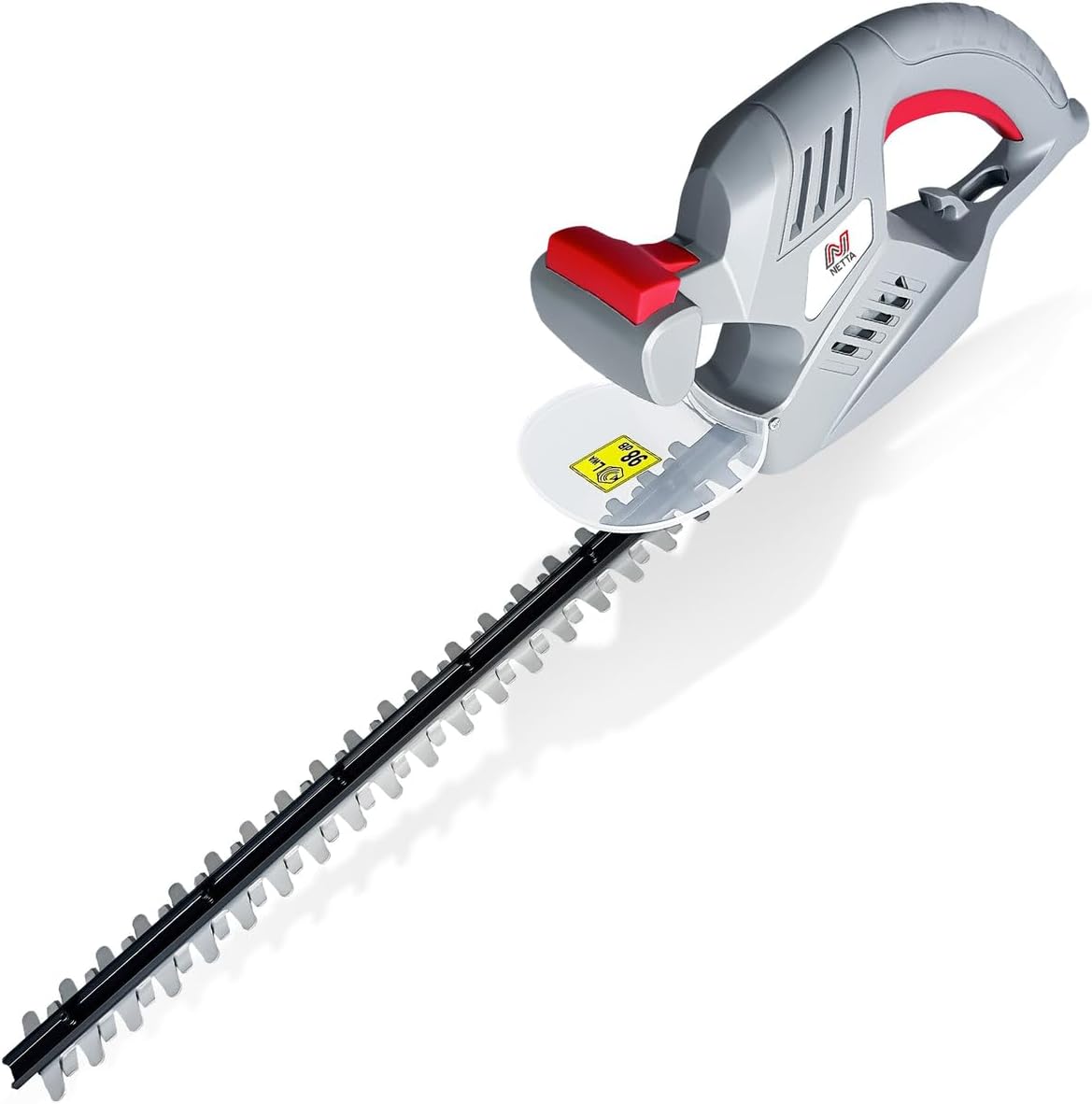
Today, we’ll be exploring the fascinating world of aggregates – those little building blocks of construction that play a vital role in shaping our environments. From roads to buildings, aggregates are everywhere. But have you ever wondered what exactly they are, and what types are commonly used? In this article, we’ll shed light on the most common types of aggregates, highlighting their characteristics and applications. By the end, you’ll have a newfound appreciation for these unassuming materials that hold our built world together. So let’s begin our journey, shall we?

Sedimentary Aggregates
Sedimentary aggregates are formed through the accumulation and compression of sediments over time. These aggregates are categorized based on the type of sedimentary rock from which they are derived. Three common types of sedimentary aggregates include conglomerate, sandstone, and limestone.
Conglomerate
Conglomerate is a coarse-grained sedimentary rock that is composed of rounded fragments of various sizes and shapes. These fragments, known as clasts, are typically cemented together by a matrix of sand, silt, or clay. Conglomerate is widely used as a construction material due to its durability and strength. It is often used in the production of concrete, as well as for road base and drainage applications.
Sandstone
Sandstone is a sedimentary rock composed primarily of sand-sized grains of mineral, rock, or organic material. It is formed when sand grains are compacted and cemented together over time. Sandstone can vary in color and texture, depending on the composition of the sand grains and the type of cementing material. It is commonly used as a building material, particularly for exterior cladding, paving, and decorative purposes.
Limestone
Limestone is a sedimentary rock composed mainly of calcium carbonate, which is derived from the remains of marine organisms such as coral and shells. It is formed in shallow marine environments through the accumulation and compression of these organic remains. Limestone is widely used in construction and as a raw material in the manufacturing of cement, concrete, and lime. It is prized for its durability, versatility, and aesthetic appeal.
Igneous Aggregates
Igneous aggregates are formed through the solidification and cooling of molten rock material, known as magma or lava. They are classified based on their mineral composition and texture. Three common types of igneous aggregates include granite, basalt, and diorite.
Granite
Granite is a coarse-grained igneous rock that is composed mainly of quartz, feldspar, and mica minerals. It is formed deep within the Earth’s crust through the slow cooling and crystallization of magma. Granite is highly durable and resistant to weathering, making it a popular material for construction, monuments, and countertops.
Basalt
Basalt is a fine-grained igneous rock that is composed mainly of plagioclase feldspar and pyroxene minerals. It is formed from the rapid cooling and solidification of lava on the Earth’s surface. Basalt is known for its strength and durability, making it a common material for road construction, concrete aggregates, and building foundations.
Diorite
Diorite is a medium to coarse-grained igneous rock that is composed mainly of plagioclase feldspar, biotite, and hornblende minerals. It is formed when molten magma cools and crystallizes beneath the Earth’s surface. Diorite is commonly used in construction and landscaping due to its strength, durability, and attractive appearance.
Metamorphic Aggregates
Metamorphic aggregates are formed through the recrystallization of pre-existing rocks under high heat and pressure. This process causes the minerals in the rock to change, resulting in new textures and compositions. Three common types of metamorphic aggregates include marble, quartzite, and slate.
Marble
Marble is a metamorphic rock that is formed from the recrystallization of limestone or dolomite rocks. It is characterized by its unique veining patterns and a wide range of colors, making it a popular choice for architectural and decorative applications. Marble is commonly used in flooring, countertops, sculptures, and as a building facade.
Quartzite
Quartzite is a metamorphic rock that is formed from the recrystallization of sandstone under intense heat and pressure. It is composed mainly of quartz grains, which give it a sparkling appearance. Quartzite is highly resistant to heat, abrasion, and weathering, making it suitable for a variety of construction purposes, such as countertops, wall cladding, and flooring.
Slate
Slate is a fine-grained metamorphic rock that is formed from the recrystallization of shale or mudstone. It has a layered structure and is commonly used as a roofing material due to its durability and waterproof properties. Slate is also used for flooring, wall cladding, and decorative purposes.
Natural Aggregates
Natural aggregates are derived from naturally occurring sources, such as rivers, quarries, and mines. These aggregates are often extracted and processed for use in various construction applications. Three common types of natural aggregates include river gravel, crushed stone, and sands.
River Gravel
River gravel is a naturally occurring aggregate that is found in riverbeds and stream channels. It is composed of rounded and smooth pebbles of various sizes and colors. River gravel is widely used in landscaping and construction projects, including the construction of roadways, pathways, and decorative features.
Crushed Stone
Crushed stone is a versatile and widely used natural aggregate that is produced by crushing large rocks into smaller pieces. It is commonly used as a base material for roads, driveways, and building foundations. Crushed stone is available in different sizes and can be used for various applications, including concrete production, drainage systems, and landscaping.
Sands
Sands are fine-grained particles of rock or mineral material that are smaller than gravel but larger than silt. They can be found in various forms, such as natural sand deposits, beach sands, and dunes. Sands are commonly used in the construction industry for concrete production, mortar, plastering, and as a bedding material for laying pavers and bricks.

Manufactured Aggregates
Manufactured aggregates are produced through industrial processes and are specifically manufactured to meet certain quality standards and specifications. These aggregates are often made from waste materials or by-products of other industries. Three common types of manufactured aggregates include fly ash, blast furnace slag, and recycled concrete.
Fly Ash
Fly ash is a fine powder that is produced as a by-product of coal combustion in power plants. It consists mainly of silica, alumina, and iron oxide particles. Fly ash is commonly used as a partial replacement for cement in concrete production due to its pozzolanic properties, which improve the strength and durability of the concrete.
Blast Furnace Slag
Blast furnace slag is a by-product of the iron and steel industry. It is produced by the rapid cooling of molten slag, which is a combination of silica, alumina, and limestone. Blast furnace slag is commonly used as a partial replacement for cement in concrete production, as well as for road base, soil stabilization, and railway ballast.
Recycled Concrete
Recycled concrete is produced by crushing and screening waste concrete from demolition sites or construction projects. The crushed concrete is then processed into an aggregate that can be used as a substitute for natural aggregates in various construction applications. Recycled concrete is considered environmentally friendly, as it helps reduce the demand for virgin aggregates and promotes the reuse of waste materials.
Coarse Aggregates
Coarse aggregates are larger-sized particles of rock or mineral material that are commonly used in construction applications. These aggregates provide strength and stability to concrete and other structural elements. Two common types of coarse aggregates are granular materials and crushed stone.
Granular Materials
Granular materials are coarse aggregates that consist of a mixture of sand, gravel, and crushed stone particles. They are commonly used in the construction of roadways, airport runways, and railway tracks. Granular materials provide a stable and durable base for these infrastructure projects.
Crushed Stone
Crushed stone, as mentioned earlier, is a versatile coarse aggregate that is produced by crushing large rocks into smaller pieces. It is widely used in various construction applications and provides excellent strength and durability. Crushed stone is often used as a base material for roads, driveways, and building foundations.

Fine Aggregates
Fine aggregates are smaller-sized particles of rock or mineral material that are commonly used in concrete production. These aggregates fill the voids between the coarse aggregates and cement, providing strength and workability to the concrete mix. Three common types of fine aggregates are sand, fines, and crushed sand.
Sand
Sand is a fine granular material that is composed of small particles of rock or mineral material. It is commonly used as a key ingredient in the production of concrete, mortar, and plaster. Sand helps to fill the voids between the coarse aggregates, providing strength and stability to the concrete mix.
Fines
Fines are smaller particles of rock or mineral material that are similar in size to silt. They are often derived from the crushing or screening of larger-sized aggregates. Fines are commonly used in the production of concrete, particularly for controlling the workability and flow of the mix. They can also improve the durability and finish of the concrete.
Crushed Sand
Crushed sand is a manufactured fine aggregate that is produced by crushing and screening large rocks or stone deposits. It is often used as a substitute for natural sand in concrete production, as it offers consistent quality and improved workability compared to natural sand. Crushed sand is also commonly used in the production of asphalt, fill materials, and drainage applications.
Lightweight Aggregates
Lightweight aggregates are porous materials that are characterized by their low density and high strength-to-weight ratio. These aggregates are commonly used in applications where weight reduction is desired, such as in lightweight concrete and structural elements. Three common types of lightweight aggregates include expanded clay, shale, and pumice.
Expanded Clay
Expanded clay is a lightweight aggregate that is produced by heating clay in a rotary kiln to cause it to expand. The expanded clay particles are porous and lightweight, making them suitable for lightweight concrete, insulation, and horticultural applications. Expanded clay offers excellent thermal and acoustic properties, as well as good resistance to fire and moisture.
Shale
Shale is a sedimentary rock that can be processed into a lightweight aggregate for various construction applications. It is crushed and heated to produce lightweight shale aggregate particles. Shale aggregates are commonly used in the production of lightweight concrete, lightweight fill materials, and as a drainage layer in civil engineering projects.
Pumice
Pumice is a volcanic rock that is formed from the rapid cooling and solidification of lava. It is characterized by its extremely low density and high porosity. Pumice aggregates are lightweight and highly insulating, making them suitable for lightweight concrete, insulating materials, and abrasive applications. Pumice is also commonly used in horticulture as a soil amendment.

Heavyweight Aggregates
Heavyweight aggregates are dense materials that are used to increase the density of concrete and provide added strength to structural elements. These aggregates are often used in applications where high density and resistance to radiation or impact are required. Three common types of heavyweight aggregates include barytes, magnetite, and hematite.
Barytes
Barytes, also known as barite or barium sulfate, is a dense mineral that is often used as a heavyweight aggregate. It is commonly added to concrete to achieve high-density radiation shielding, such as in nuclear power plants and medical facilities. Barytes can also be used as a filler material in rubber, paint, and plastics industries.
Magnetite
Magnetite is a natural iron oxide mineral that is commonly used as a heavyweight aggregate. Its high density and magnetic properties make it suitable for various construction applications, such as ballast for railway tracks and concrete counterweights. Magnetite can also be used as a pigment in paints, as a polishing agent, and in the production of magnetic tapes and disks.
Hematite
Hematite is another natural iron oxide mineral that is used as a heavyweight aggregate. It is dense and has a reddish-brown color. Hematite aggregates are commonly used in concrete to provide added weight and strength. They are also used as a pigment in paints, as a polishing agent, and in the production of jewelry and decorative items.
Recycled Aggregates
Recycled aggregates are derived from the processing and reuse of waste materials, such as concrete, asphalt, and glass. These aggregates help reduce the demand for virgin aggregates and promote sustainable construction practices. Three common types of recycled aggregates include recycled concrete, recycled asphalt, and recycled glass.
Recycled Concrete
Recycled concrete is produced by crushing and screening waste concrete from demolition sites or construction projects. The crushed concrete is processed into an aggregate that can be used as a substitute for natural aggregates in various construction applications. Recycling concrete helps reduce waste and conserve natural resources, making it an environmentally friendly choice.
Recycled Asphalt
Recycled asphalt is produced by crushing and screening waste asphalt from road resurfacing or repair projects. The crushed asphalt can be used as an aggregate in new asphalt mixtures or as a base material for road construction. Recycling asphalt helps reduce the amount of new asphalt needed and decreases the demand for virgin aggregates.
Recycled Glass
Recycled glass aggregates are produced by crushing and processing waste glass bottles and jars. The crushed glass can be used as a substitute for natural aggregates in various construction applications, such as in concrete, asphalt, and landscaping. Recycling glass helps reduce the amount of waste sent to landfills and conserves natural resources, making it a sustainable option.
In conclusion, aggregates are essential building materials used in a wide range of construction applications. Sedimentary aggregates, igneous aggregates, and metamorphic aggregates each offer unique characteristics and properties. Natural aggregates, manufactured aggregates, and recycled aggregates provide different options for sustainable construction practices. Coarse aggregates, fine aggregates, lightweight aggregates, and heavyweight aggregates cater to specific structural and functional requirements. Understanding the different types of aggregates and their applications allows for informed decision-making in construction projects, ensuring the desired performance, durability, and aesthetics.












